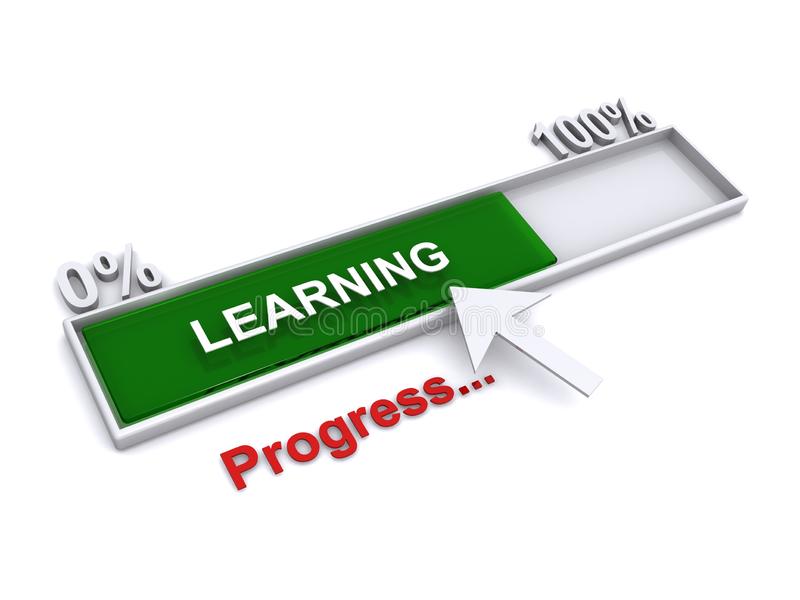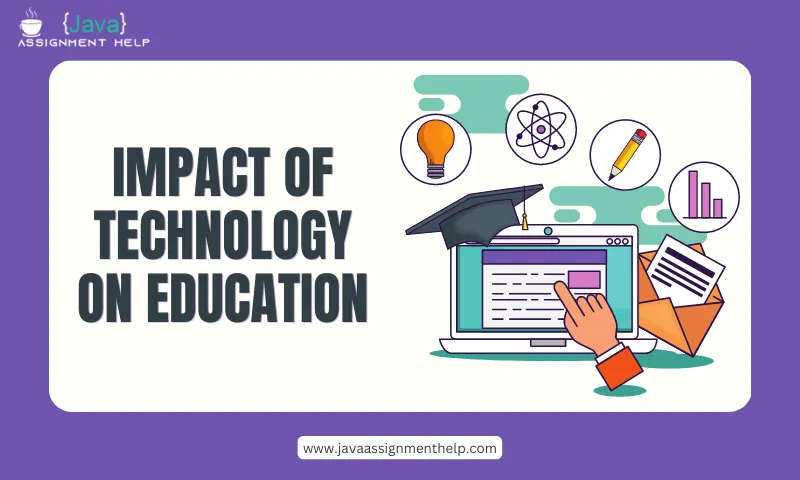Assessing student progress is an essential component of K-12 education. Effective assessment strategies provide educators with valuable insights into student learning and progress, allowing them to tailor their instruction to meet the individual needs of each student. In this blog post, we will explore strategies and best practices for assessing student progress in K-12 education.
Formative Assessment
Formative assessment is an ongoing process that allows educators to monitor student progress throughout a unit or lesson. Formative assessments can take many forms, including quizzes, exit tickets, and classroom discussions. These assessments provide educators with valuable insights into student learning and progress, allowing them to adjust their instruction to meet the needs of each student.
Summative Assessment
Summative assessment is a more formal assessment that typically occurs at the end of a unit or course. These assessments are often in the form of standardized tests or exams and provide educators with a snapshot of student learning and progress. Summative assessments can be useful in measuring student achievement and progress over time.
Performance-Based Assessment
Performance-based assessment is an assessment strategy that focuses on student performance and mastery of specific skills. These assessments can take many forms, including presentations, portfolios, and projects. Performance-based assessments provide educators with valuable insights into student learning and progress and allow students to demonstrate their understanding of a particular concept or skill.
Self-Assessment
Self-assessment is an assessment strategy that encourages students to reflect on their own learning and progress. This approach encourages students to take ownership of their learning and to set goals for themselves. Self-assessment can take many forms, including journals, reflective essays, and self-evaluations.
Best Practices for Assessing Student Progress
Here are some best practices for assessing student progress in K-12 education:
Use a variety of assessment strategies: Employing a variety of assessment strategies can provide educators with a more comprehensive understanding of student learning and progress.
Provide timely feedback: Providing timely feedback is essential in helping students understand their strengths and weaknesses and in guiding their learning.
Encourage self-assessment: Encouraging self-assessment can help students take ownership of their learning and become more reflective learners.
Use assessments to inform instruction: Using assessments to inform instruction can help educators tailor their instruction to meet the individual needs of each student.
Conclusion
Assessing student progress is an essential component of K-12 education. Effective assessment strategies provide educators with valuable insights into student learning and progress, allowing them to tailor their instruction to meet the individual needs of each student. Employing a variety of assessment strategies, providing timely feedback, encouraging self-assessment, and using assessments to inform instruction are all best practices for assessing student progress in K-12 education. By following these strategies and best practices, educators can help students achieve their full potential and become lifelong learners.



